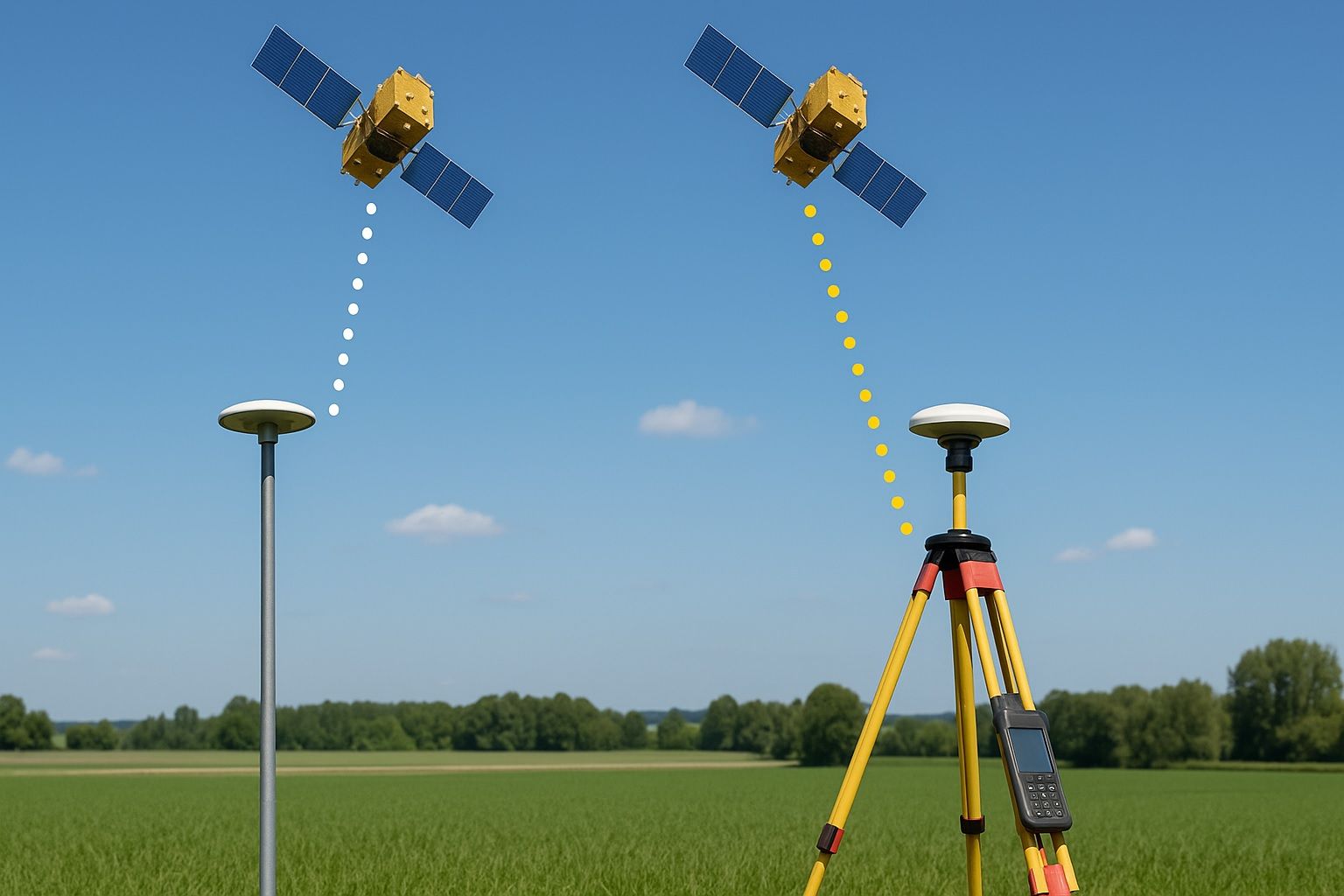
Xona’s Pulsar Constellation Secures $92M to Revolutionize GPS with Centimeter-Accurate, Unhackable Navigation
Xona’s Pulsar constellation plans to deploy 250–300 small LEO satellites at about 326 miles (525 km) altitude to deliver centimeter-level PNT. Pulsar signals are encrypted and authenticated, with satellites orbiting ~40× closer to Earth than GPS to produce about 100×

